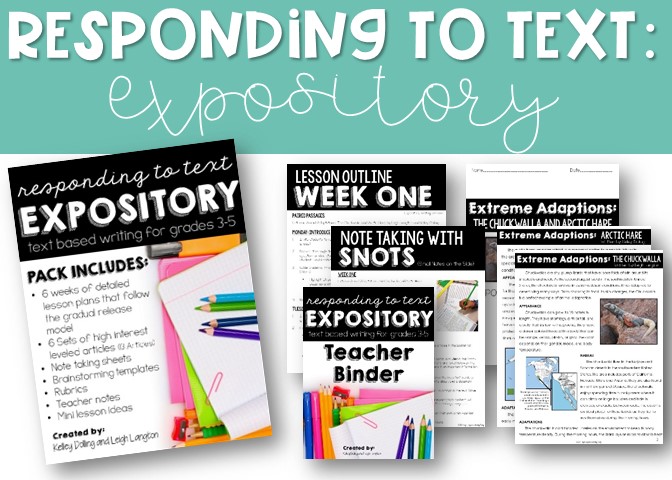It’s coming. Can you feel it? Yep . . . the chaos known as state testing season is nearly upon us. But, don’t let your blood pressure peg just yet. You have time to prep your students in the written response department a bit more. And, we are here to help!
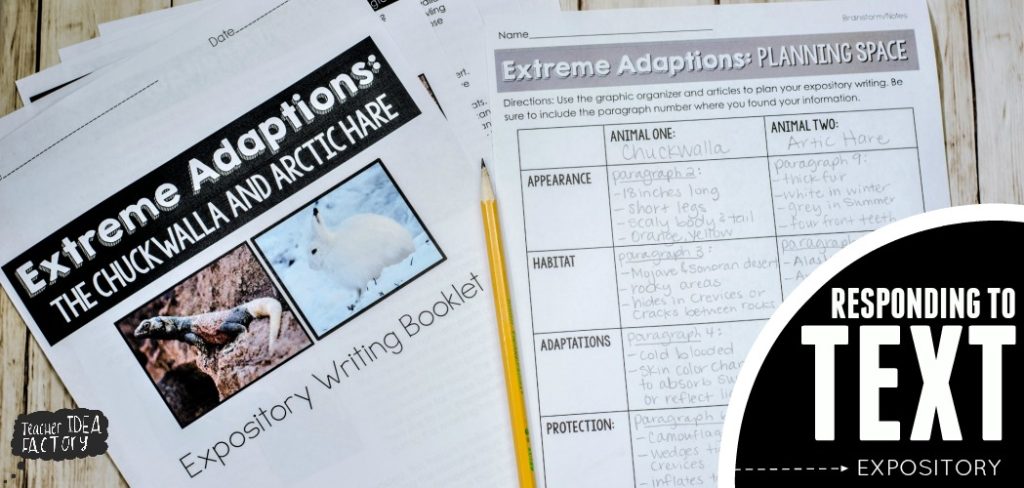
THE RESPONDING TO TEXT SHIFT
When Common Core came to California, my school scrambled to find valid resources to meet the new requirements. However, this wasn’t the only major change. The state tests that rolled out following the adoption of Common Core were (and still are) absolutely brutal. It was only recently that this primary teacher actually sat down to look at the CAASPP (California Assessment of Student Performance and Progress). I took a practice version and I experienced text anxiety at the ripe old age of 37. I felt such empathy for our students and all of my co-workers in the testing trenches.
A huge shift had occurred right under my nose. The days of simple prompt writing are LONG gone. Relying on background knowledge is no longer the name of the game. Now it’s all about reading and comprehending two or three complex articles. Students are then expected to locate detailed examples in these articles and use it to answer intense text-based questions.
I know what you’re thinking. Tackling this shift seems simple enough. Mmmmm . . . maybe for some. However, most districts forgot important pieces of the puzzle when adopting new curriculum a few years back. What is this missing piece you ask? Grade-level appropriate texts that provide relevant practice opportunities are NOT easy to come by. Most districts didn’t help look for or create such paired passage work. Consequently, this burden was passed on to the teachers. #umthanks
Although this first grade teacher was spared in this hot mess of new test prep, I watched my 3rd-5th grade teaching besties struggle to locate quality paired passages. But, the pressure didn’t stop here. These lovely ladies also had to plan out lessons that directly taught the new responding to text processes.
A RESPONDING TO TEXT SOLUTION
As I shifted out of the classroom and into a teacher on assignment role this year, writing became my area of focus. All of those years that I witnessed my best pals fight to find and plan rich text response opportunities for upper elementary students, stuck with me. I wanted to help in some way, but I didn’t know where to begin. Back in November, I began talking to an old blogging buddy of mine who had similar concerns for her Florida co-workers. That’s when it clicked. Why not join forces to create a system that provided appropriate material AND directly taught the writing process?

For nearly six months, the ever-fabulous Leigh Langton (The Applicious Teacher) and I have been conspiring on this project. We’ve spent countless hours planning, writing, revising, rewriting, and packaging our ideas. And, now we are proud to put forth our Responding To Text: Expository Writing Unit. Blood, sweat and tears went into the creation of a complete package that provided teachers with all the tools to teach this new style of writing in a meaningful and engaging way. We are not talking a simple unit here. Instead, we collaborated to design a six-week curriculum that takes the burden off of the teacher.
A LOOK INSIDE – AN EXPOSITORY WRITING UNIT
Here’s a quick look at our efforts – Responding to Text: An Expository Unit. We thought of everything. No, seriously. EVERYTHING. From a binder to house all of the goods and a long-range planner to detailed lesson plans and additional mini-lessons, this one collection has it all.We even tossed in a digital component for educators looking to provide practice that aligns even more with test expectations (at least in California). This digital component was designed to work with both Google Slides and Google Classroom. On that note, let me break it down a bit more.
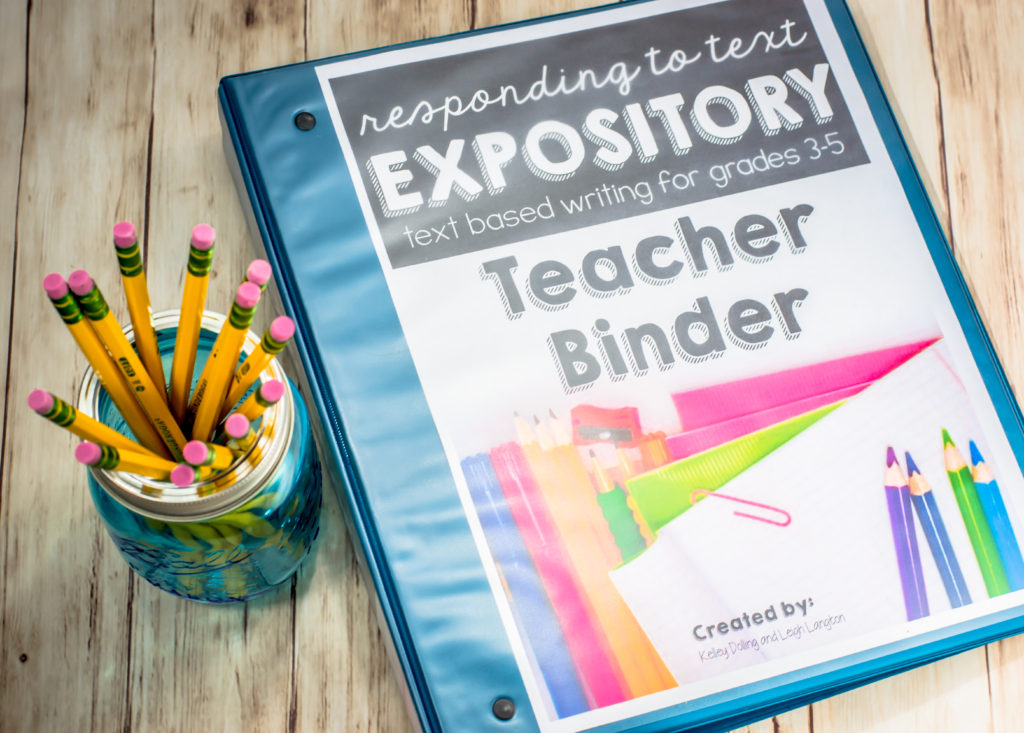
Lesson Plans
Lesson planning is hard enough, but when you toss in complex and rather dry material, it becomes a nightmare. We thought of this! Leigh and I provided six weeks worth of detailed plans that takes you through the step-by-step process we suggest. No guessing. No worrying. It’s all there . . . written out for you and ready to rock.
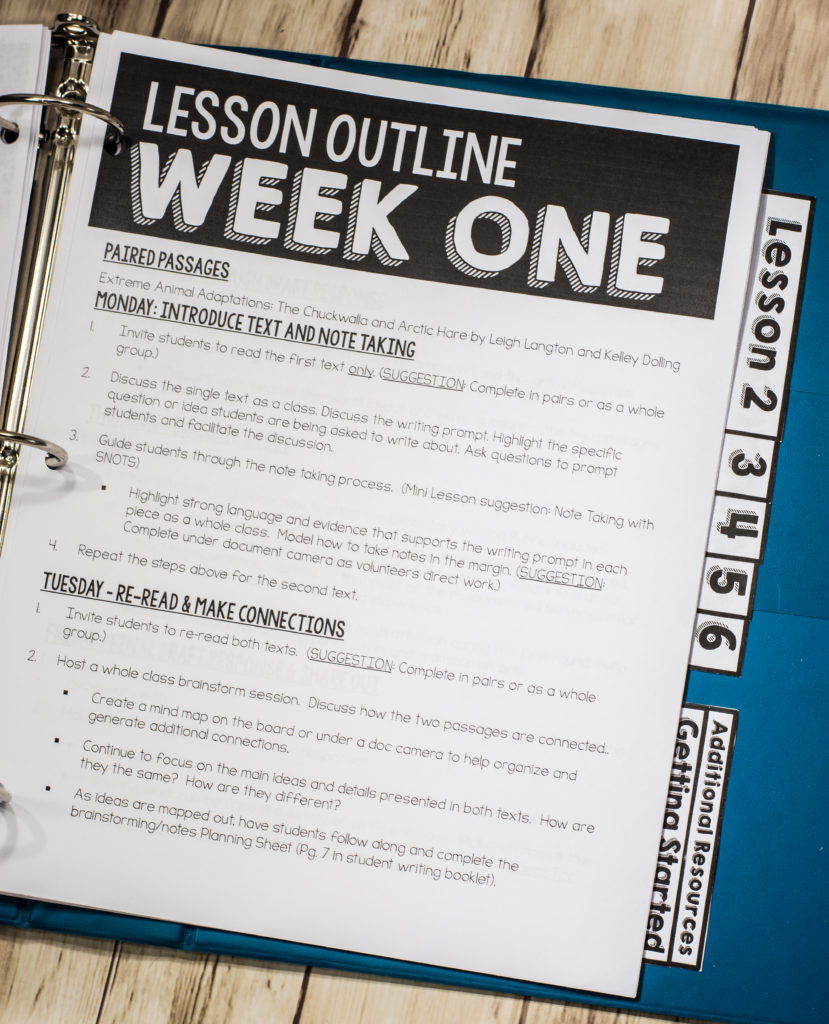
Mini-Lessons
This comprehensive unit also contains six weeks of mini-lessons that are planned to fit seamlessly into each week. Use them to inspire and improve your students to better their writing. Responding to text essays will never look and sound better.
Mini-Lessons Included:
- SNOTS (Note Taking Skills)
- Strong Word Choice
- Powerful Introductions
- Transition Words
- Strong Conclusions
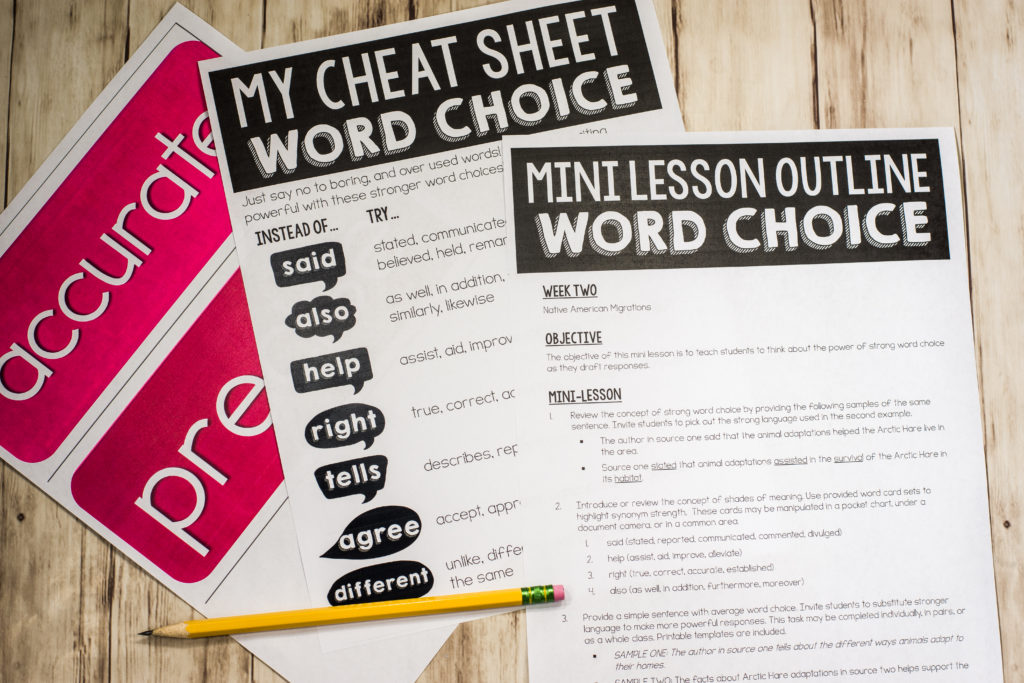
We believe that an engaged student is the key to making those lessons and standards stick. Therefore, we incorporated games and/or partner activities into these mini-lessons. In addition, we tossed in tip sheets and reference pages for your students to use throughout the unit.
Paired Passages
I know I said it before, but I’ll say it again. One of the most challenging parts of planning responding to text activities is finding quality articles that are grade-level appropriate. Therefore, Leigh and I spent forever writing (and rewriting) articles that align with science and social studies standards. In addition we attempted to generate articles that were also interesting for students to read.
Paired Passage Topics Include:
- Extreme Animal Adaptations (Non-Fiction)
- Native American Migration (Non-Fiction)
- The Scientific Method (Fiction & Non-Fiction)
- Moon Phases (Fiction & Non-Fiction)
- Branches of Government (Thee Passages to Compare – Non-Fiction)
- Oil Spills (Non-Fiction)
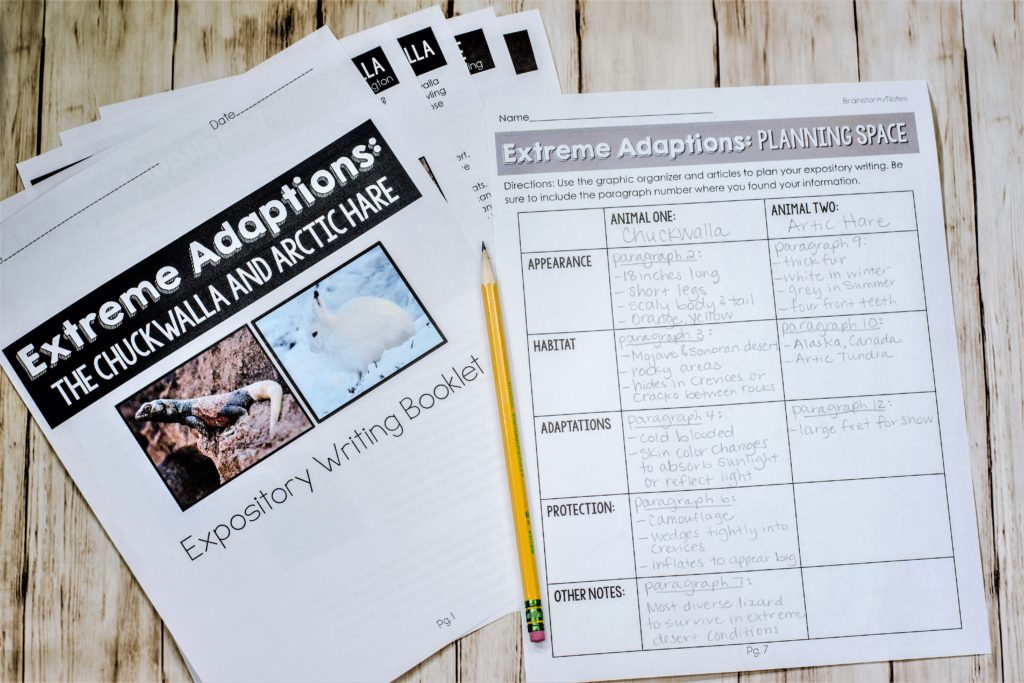
Planning Sheets
Each set of paired passages includes a planning/brainstorm sheet that guides students through note taking and organizing their thoughts. The sheets also prompt students to cite evidence and to write out quotes. Yes, we thought of everything.
Rough Draft & Final Copy Sheets
In the early weeks of this unit, we offer a framed option that helps students formulate a solid written response. As time progresses, this support falls away. Students can then draft a rough copy on their own. Final Draft templates are also included as well as suggestions for editing. We tossed in options for a teacher conference and peer editing along with easy to implement rubrics.
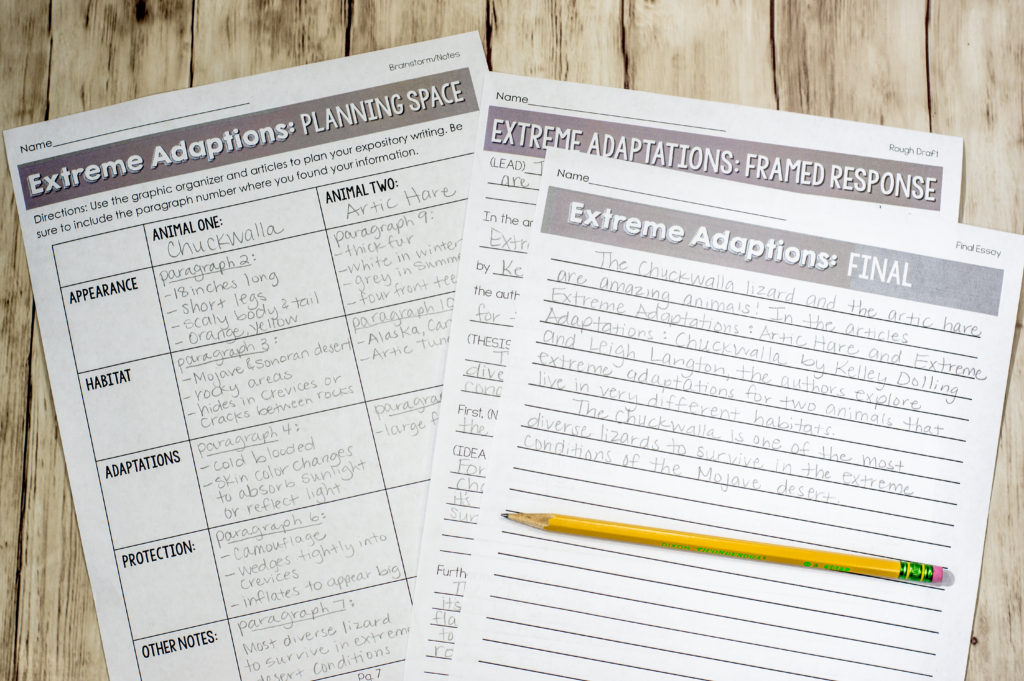
Organizational Tools
In an effort to keep both students and teachers organized, we decided to offer a few options for you. All of the passage sets can be presented as a writing booklet. This helps streamline the process by keeping all of the student sheets in one easy place. And, it only means one trip to the copier 🙂
Leigh was smart enough to help keep teachers organized too. She created the most amazing teacher binder option. It’s the perfect “safe house” for all of your master copies, lessons, and planning sheets. She cleverly decided it into weekly lesson sections so grabbing what you need is quick and painless.
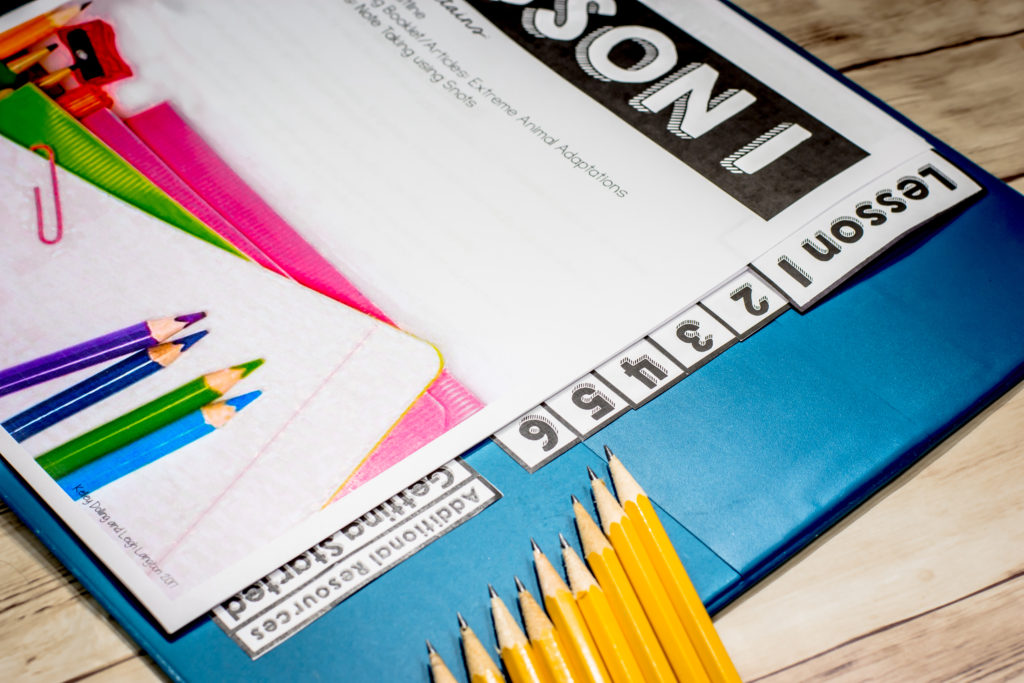
SNAG YOUR COPY OR TRY A SAMPLE!
Are you ready to jump on this 100+ page unit? Click here to purchase this comprehensive text response collection – it’s in Leigh’s TPT shop. Maybe you’re not quite sure yet. That’s okay. We will give you a chance to try a week out for yourself to get a feel for it. Click the image below to sign up for our Responding to Text newsletter and receive a the first week FOR FREE!
In addition to a whole week’s worth of lesson plans, you will also be alerted as to when units for persuasive, narrative, and compare/contrast are launched. Oh, and we will have exclusive freebies from these sets as well! Just click the link below to get in on this freebie action.
Alright, so there you have it. A labor of love that responds to the drastic shift in the response to text instruction and testing processes. Thanks for taking the time to visit. I hope to see you again soon.
